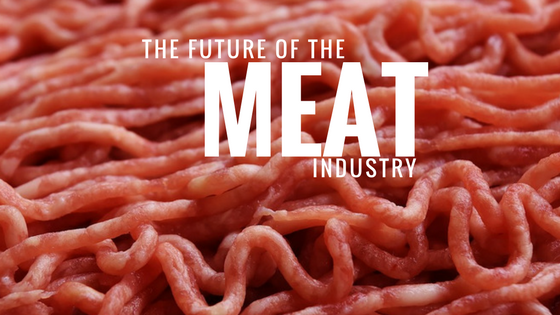Despite the ongoing movement to reduce the amount of meat consumption by humans, Meat remains a basic part of the human diet all around the world.
Industrial countries consume the highest amount of meat. A good example of this is the United States which is estimated to consume around 210 pounds of meat per year.
In the developing countries, the meat consumption rate is at 66 pounds per year. This, however, is increasing rampantly and by 2030 this is estimated to increase by more than 10%.
Although Countries have distinctive dynamics on protein requirement, its demand is and will continue to escalate with poultry having the highest demand, followed by seafood, then the lowest demand will be on beef.
From 2010-2020 the meat production is estimated to increase dreadfully with China leading in this increase. This is due to the radical transformation that the meat industry has undergone. The small cattle farming has been overtaken and replaced by large meat processing companies with big feedlots and industrial specialized plants for meat-packaging.
According to Albert Vernooij a Rabobank analyst, a bullish global market for protein will increase backed up by the low cost of animal feeds.
From a close analysis, the meat industry is experiencing high pressure due to increase in human population. Therefore, it must strive to become more dynamic and competent. This can be done by resolving market inequality and supply inefficiency and this can help in making the market sustainable and economically viable.
As the supplies of meat protein expand continuously, the market participants are eyeing the cold storage stocks method. For meat exportation, this storage method has helped a big deal as meat can be stored in the warehouses before it is shipped out. This is the very important consideration to assist the meat industry.
With millions of humans in need of proteins, and with this rampant demand for meat there is a high potential of cultured meat to take over the industry. This is lab-grown meat that has been formulated to reduce on the meat is produced.
Lab-grown meat has been trending the industry as it lowers the environmental negative effects of agricultural protein production by using less water and land to acquire that steak and burger that we crave. It has also carved on the food insecurity problem and has health benefits as it has less cholesterol, unlike the conventional meat which risks many diseases by elevating blood cholesterol.
It is no doubt that the meat industry is and will experience more growth even with the high-tech and the human population growth all over the world.

